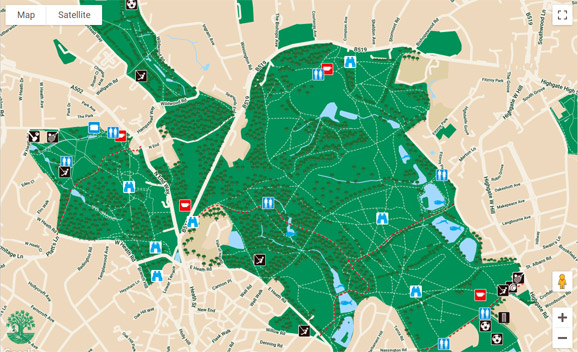Society criticises plans for tall tower blocks on Heath fringes

High buildings seen from Hampstead Heath.
Maintaining the openness of the Heath:
The skyline to the South and South East of Hampstead Heath is of vital importance to the amenity of Hampstead Heath . It has an immediate impact on long range views over the whole of London from both Parliament Hill and the fields and amenities beneath. These famous views are an invaluable asset to locals, Londoners and visitors to the capital alike and must be preserved.
The lower, Southern sections of the Heath are open grassed areas which allow tall buildings to the South & South East to be clearly seen. Currently, the pattern of development to the south of the heath is predominantly dense low rise buildings – generally 3 to 6 storey in height and these form a ‘soft’ horizon which permits longer range views beyond it. The prospect of replacing this horizon with high rise is a cause for concern.
(more…)Society Proposes Nature Corridor to the Heath
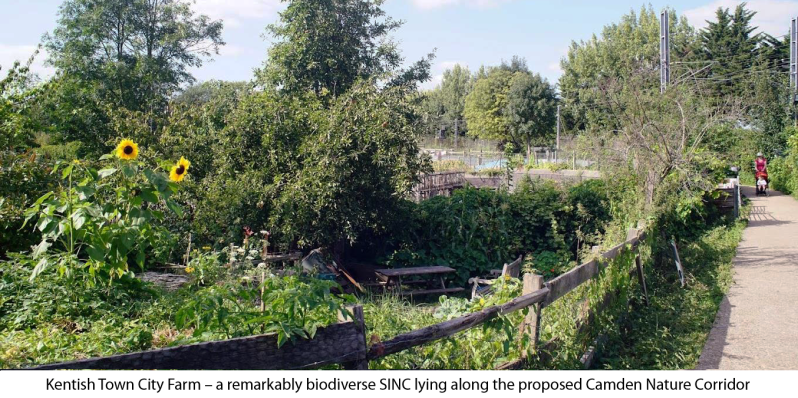
Executive Summary:
This submission to the 2024 Camden Local Plan consultation is made by the Heath & Hampstead Society with the support of a consortium of local organizations and community groups. It proposes the development of a nature-rich green corridor from Hampstead Heath into Kentish Town through improvements in a chain of five Camden Sites of Interest for Nature Conservation (SINCs) and their connection through green infrastructure established across future development on three Camden Site Allocations: Murphy’s Yard, Regis Road and West Kentish Town Estate.
The objectives of this Camden Nature Corridor are to increase biodiversity in Central Camden, contributing to Camden’s strategy for nature recovery networks, and to make health-enhancing nature experiences more accessible to local residents.
(more…)Hampstead Heath ecological grazing trial: sheep back on the Heath
Sheep are part of an ecological trial on Hampstead Heath 11-18 September.
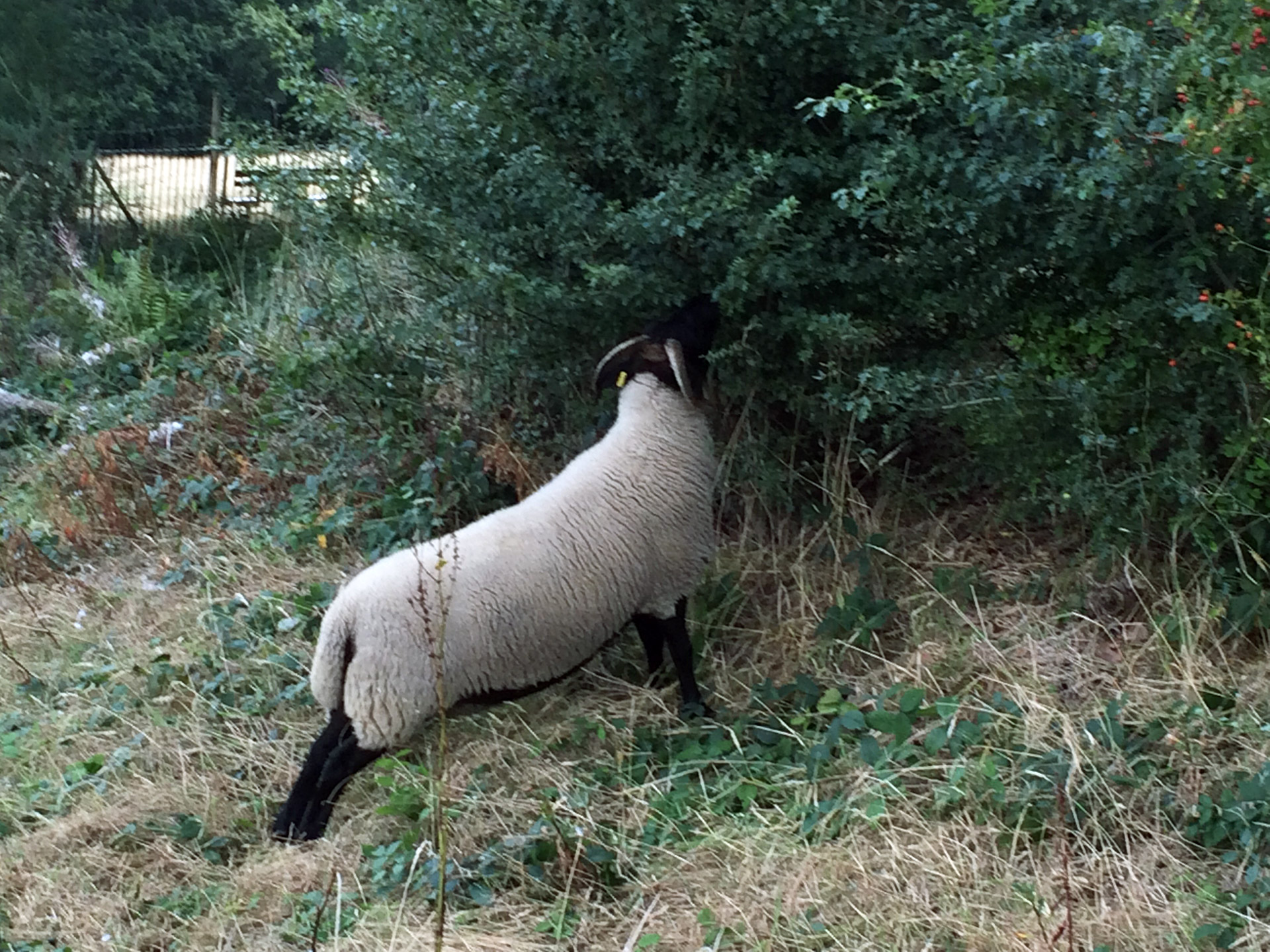
If the pilot is successful, animal grazing could be expanded to other areas of the Heath. Grazing is known to play a major role in boosting species-rich wildlife habitats and reducing the use of machinery.
Unlike mowing, grazing produces a mosaic of vegetation heights and types, improving ecological sites for species including amphibians, small mammals, invertebrates and wildflowers.
(more…)Dog Swimming on The Heath
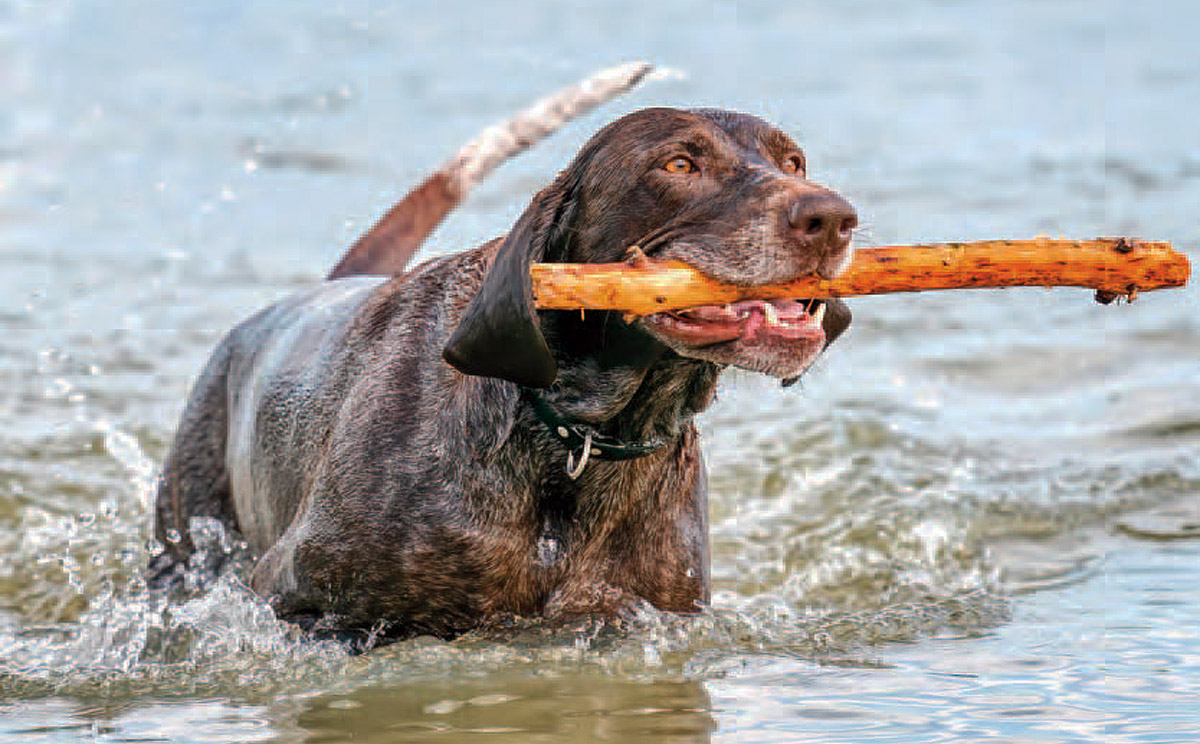
For dogs, swimming is a great form of exercise and a way to keep cool during the warmer months, but it can create a problem for nature on the Heath. Dog flea and tick treatments contain powerful pesticides. Dogs that have recently been treated with flea and tick products can introduce these chemicals into ponds when they swim, where they can kill dragonflies and other pond life.
You can do several simple things to minimize the effect of these chemicals on our wildlife. The Heath & Hampstead Society has worked with veterinarians and other experts to provide advice on SAFE DOG SWIMMING. Please have a read, and consult with your veterinarian if you are uncertain about the products you use and how to use them.
Thank you!
The Heath & Hampstead Society together with the City of London Corporation celebrated the 150th anniversary of the Hampstead Heath Act with a concert at the Bandstand on 5th September 2021.
The sun came out – along with several hundred spectators – to shine on a free concert calked ‘Natural Aspect’. Why that title? It is taken from the original wording of the Hampstead Heath Act 1871 whereby the Heath was to be preserved for ever more as an oasis with a “natural aspect”.
(more…)Celebrating 150 years since the Heath was Saved.
On 27th June 2021, marking 150 years of the Hampstead Heath Act 1871, members of the Kite Society of Great Britain gave a spectacular display of kite flying, with tricks and intricate routines accompanied by music, in the beautiful surroundings of the Heath.
Biodiversity on the Heath
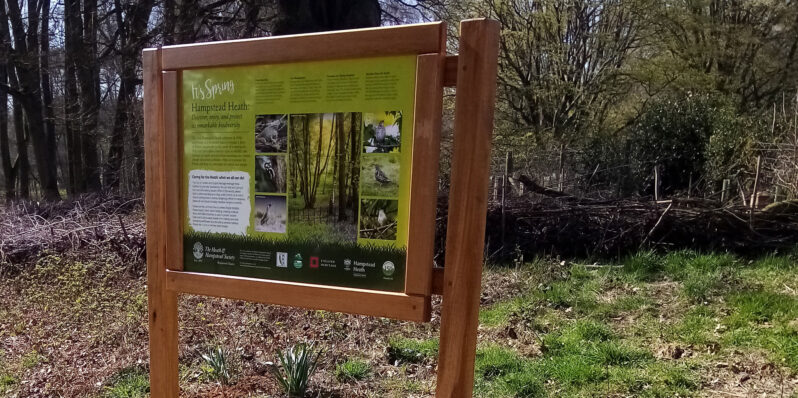
Interpretation boards, promoting appreciation and conservation of Nature on the Heath, have been produced by the Society working with the City of London , English Heritage and the Marylebone Birdwatching Society since 2021. Placed at seven entrances, they are changed every season to reflect the Heath’s biodiversity and seasonality. Read more…
London’s Refuge since 1349
By Will Coles, Heath Sub-Committee.

For many Londoners, our green spaces – especially the Heath – are an important amenity where we can take refuge from city life with fresh air, wildlife, and beautiful views. Hampstead in particular has long been seen as a retreat in times of crisis.
In his History of Westminster Abbey, the 15th century monk John Flete recorded that the abbot of Westminster, Simon de Bircheston, fled to Hampstead in order to escape the Black Death in May 1349. However, de Bircheston efforts were in vain and he died later that year from plague.
In January 1524, soothsayers predicted that London would face a great flood and thousands of homes would be swept away on February 1.
Many families, both rich and poor, fled to Hampstead believing that its high elevation would protect them.
Society’s Bird Survey finds family of buzzards.
A nesting birds survey conducted by the Society has found a family of buzzards at Kenwood.
Professor Jeff Waage, of the London School of Hygiene and Tropical Medicine, who is leading the research, said: “It is exceedingly rare to see these sorts of birds in an urban area, and now all of a sudden they’re here, hanging
around. It’s something that we never expected to see when we decided to begin the survey. Our buzzards show us how easily wildlife can return if we just make space for it.”
How Hampstead Heath was Saved – a story of people power by Helen Lawrence

published by Camden History Society with the support of the Heath & Hampstead Society. The book can be bought from Camden History Society’s website.
“This book shows what can be achieved – Helen Lawrence has a fascinating story to tell.”
Griff Rhys Jones
